 Roy Chapman Andrews is a legendary figure in exploration and scientific research, and especially so in paleontology. The character Indiana Jones was apparently based on him, and during the 1920’s, based on research he had conducted at the University of American Museum of Natural History, had a hunch that many species of Dinosaur had evolved in the now barren region of Mongolia’s Gobi Desert. Setting out on numerous expeditions, he was eventually proven right, with the discovery of the first dinosaur eggs (this proving their evolutionary link to modern birds) in addition to discovering many new species. He wrote about these in several successful books, where the battered fedora hat, rifle, and belts of bullets whilst seated on a Mongolian horse would be duplicated by Harrison Ford decades later. Andrews though was the original.
Roy Chapman Andrews is a legendary figure in exploration and scientific research, and especially so in paleontology. The character Indiana Jones was apparently based on him, and during the 1920’s, based on research he had conducted at the University of American Museum of Natural History, had a hunch that many species of Dinosaur had evolved in the now barren region of Mongolia’s Gobi Desert. Setting out on numerous expeditions, he was eventually proven right, with the discovery of the first dinosaur eggs (this proving their evolutionary link to modern birds) in addition to discovering many new species. He wrote about these in several successful books, where the battered fedora hat, rifle, and belts of bullets whilst seated on a Mongolian horse would be duplicated by Harrison Ford decades later. Andrews though was the original.
I have decided to attempt to follow Andrews journey south from Urga (now Ulaan Baatar), the capital of Mongolia, through to the Red Cliffs at Bayanzag, far to the south near to the border with China. In between lies varying types of desert – from sparse scrub, to sand dunes to gritty flat plains of quartz flints, which shred your shoes and are beyond any semblance of useful life. It is about 700 km across some of the most inhospitable land in the world. I am accompanied by two good friends of mine, Oliver and Shirley, newly married, and visiting from Shanghai. They arrive at Ulaan Baatar’s trans-Mongolian station from Shanghai. It is the last week of August and it is sleet raining and about 3 degrees.
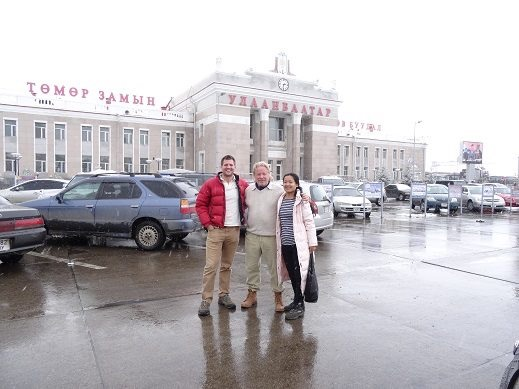
I have a comfortable, cosy and warm apartment in the city, and we all decamp there. Oliver has kindly bought me a bottle of Ardbeg Malt Whisky, while I provide cigars. We catch up, tell stories and plan our trip until 2am. It may be raining and cold, but it is still summer and it remains light outside when we eventually retire to bed.

The next couple of days are spent getting Oliver and Shirley better acquainted with Ulaan Baatar, and how things will be in Mongolia and especially out in the Gobi. I’m an old hand at this, my well received “Travel Guide to Ulaan Baatar & The Mongolian Countryside” has long been available and every year I embark on a Mongolia trekking adventure. But for people unused to the experience it can appear a bit daunting, and I need to ensure they are prepared and up for it. Doing so however requires a bit of fun as well, as I explain to them the delights and necessity of drinking airag on a cold day – fermented mare’s milk. (its a bit like drinking mildly alcoholic, unsweetened plain yoghurt).
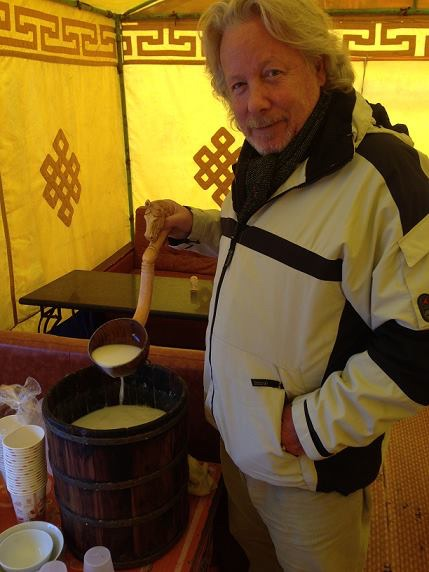
But we need to get prepared. A friend of mine, Ric Odema, runs Tseren Tours a tour operator I have used many times in the past. Ric himself has an interesting background; a Dutch Olympian, he cycled from Holland en route to China, on his own. While dropping down through Mongolia, he stopped to send letters home at the Ulaan Baatar Post Office, where a pretty girl caught his eye…25 years and four children later, Ric is helping us plot our journey, which we will undertake with Huggy, a huge bear of a driver, and his UAZ452 Soviet era Van, which are excellent chariots of the Steppes. Huggy speaks no English, except a few words such as “Yak”, “Eat!” and “Fuck!” which collectively account for 90% of what we’ll need anyway.
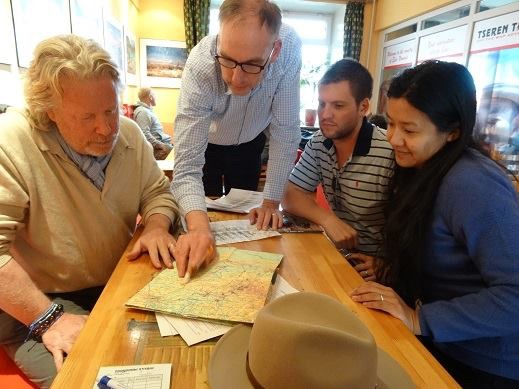
Our trip will see us leave UB to the west in the direction of Bayanuur, where we will head across the last of the Steppe Grasslands before heading south, where the Gobi starts to make its presence known. Continuing south we take in much of the flat expanses of the Gobi, punctuated by occasional springs and wells – which we will need to keep water supplies topped up. There are no rivers where we are heading. Pressing on, we will take in a Saxual Tree Forest amongst the sand dunes – the only tree that can survive in a desert and home to its own unique eco-system, before dropping down to Bayanzad itself. We will return via MandalGovi, the Yolyn Am ice gorge and eventually back to Ulaan Baatar. It will be a ten day trip.
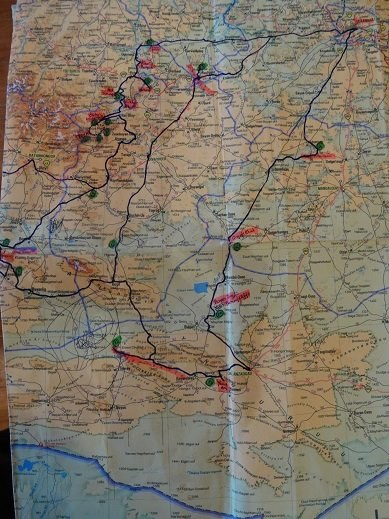
The first day is spent bouncing around the dirt tracks that pass for roads as soon as one leaves Ulaan Baatar’s city limits. This is grazing land, and sheep, cashmere goats are attended by the occasional herder on horseback. Stopping for a lunchbreak, one comes over to say hello, and hoping for maybe a cigarette or a beer. We exchange his treasure, a beautiful Onyx snuff bottle, amongst the first signs of friendship out in the steppes. Some are generations old; the snuff typically obtained from old Silk Road routes still in existence from the Indian Himalayas, often from markets in Lhasa, some 2,500km West and another mile and a half up in the sky. The connections between Tibet and Mongolia, both in Buddhism, altitude and a nomadic way of life continue. We press on, the grassland noticeably degenerating to a scrubbish harder variety.
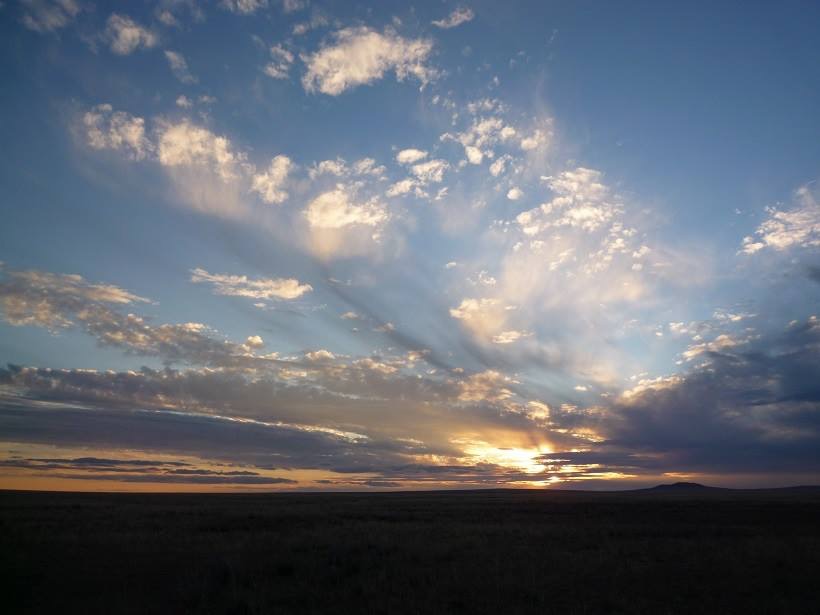
Horses begin to evolve into Camels, while Mongolian larks wheel away from us and Golden Eagles and Rough Legged Buzzards patrol the empty skies. Eventually we spot a suitable site to rest for the night, it is 9pm and we are tired. A lake lies a kilometer away, although a bright white outline provides clue to its character, that is a salt line, and the lake will not provide fresh water. It’s alright, we have our own, but we need to cook. Half an hour is spent searching for dried sheep and goat shit to light a fire, and we feast on a pressure cooked stew of Yak, potato and carrot. It’s very good. A bottle of Chinghis Vodka is passed around, and bottles of dark Gobi Beer are drunk. Before dark, tents are put up. It’s getting cold, and Oliver has his wife to keep him warm. I just sleep in my clothes and wrap my sheep shit smelling jersey closer to my face. It’s the smell of adventure.
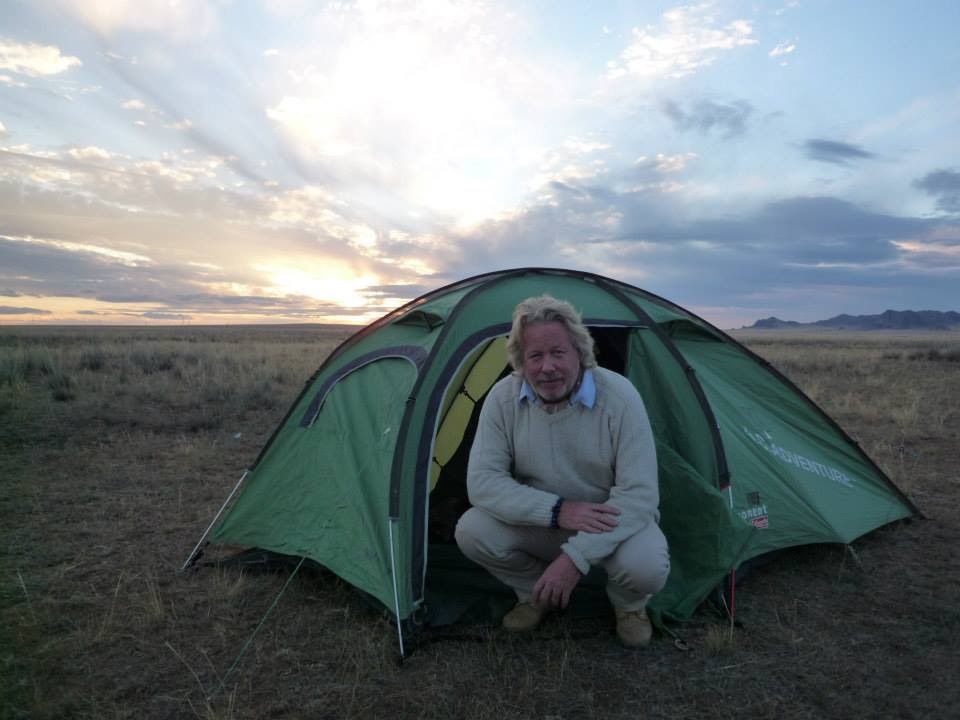

The next morning we wander down to the Lake, its almost entirely encrusted with salt. There are animal hoof prints, mainly sheep and goat. I taste some of the salt crust, breaking it off from some hardy plant. It’s very rough, and tastes partially of mud and poo, it would need a lot of purifying to make it fit for consumption. The lake is quiet, still, and dead, it is too barren an area for most creatures.
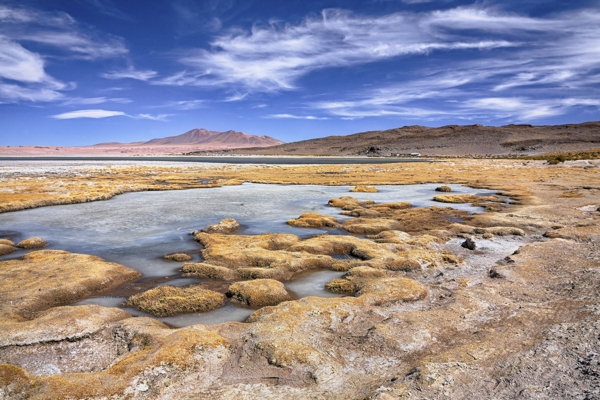
Breakfast is cereal and milk, and Huggy takes the piss out of my overnight snoring. Pointing at me, he mirthfully blurts out “Yak!” and sticking his fingers in his ears, “Fuck!” Finally he says “Eat!” and chortling away at my midnight indiscretions, my companions and I tuck in.
The morning is dull, and this is typical for Gobi scrub pastures, although the monotonous landscape is suddenly broken up by the site of  Dzeren, the Mongolian Gazelle, in herds of several hundred animals. They bolt across and suddenly veer across our path a few hundred yards distant, it’s almost as if they want to race. Huggy guns the engine and chases them, as we reach 80kph across the steppes, but it’s enough for me to get a snap before they disappear.
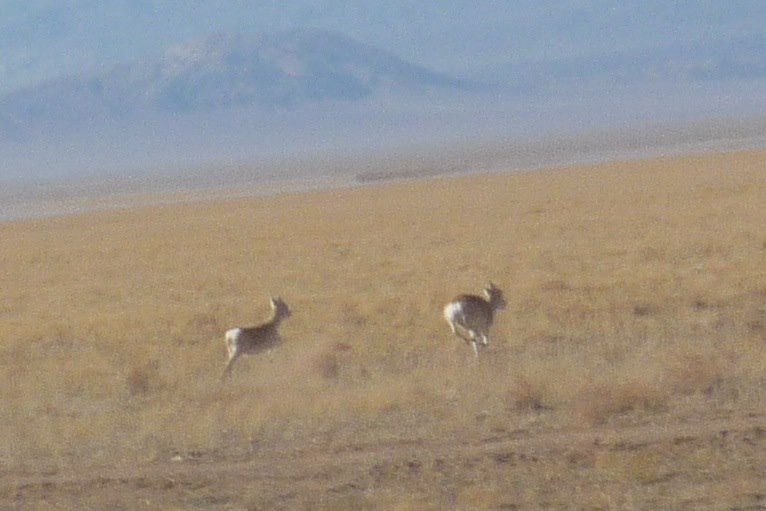
As the terrain becomes more barren, we come across a well. Its boarded over, mainly to prevent animals either peeing in it or falling in. Fresh water reserves are vital for the nomads here, having one polluted is a serious blow. In fact, water courses underground across the Gobi, as yet unmapped streams stretch far and wide, occasionally giving rise to lakes either salt or sweet. The latter are important sites for migrating birds, many species such as the Common Gull winter in the warmer South China seas yet breed in Siberia. These lakes and supplies of water are vital then not just for man and our grazing animals, but for large parts of an eco-system that needs supporting from Hong Kong to the Arctic Circle.
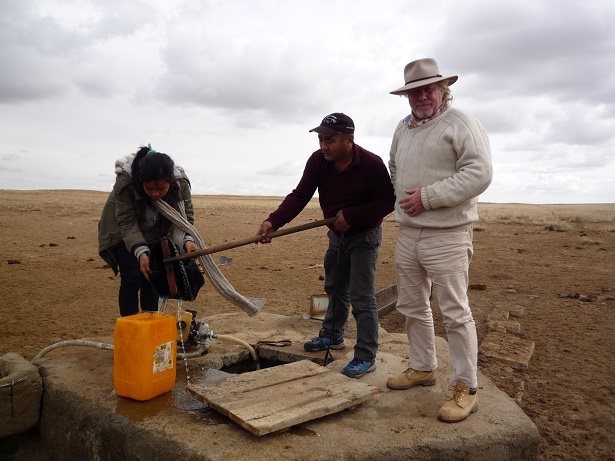
Later, we reach one of the Gobi’s miracles, a Forest. In the sand dunes of the Desert. These are Saxaul Trees and they have been around since the days of the dinosaurs. As can be imagined, they are very slow growing, and the wood extraordinarily heavy and very dense. If placed in water, it will sink.
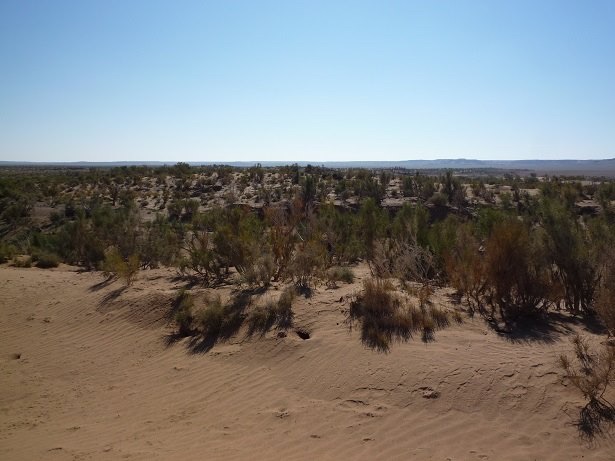
These trees are useful as colonizing plants, and some of the largest are thousands of years old. Rarely taller than five-six feet, they are also home to a unique supporting eco-system of other plants and animals that only live in these areas.
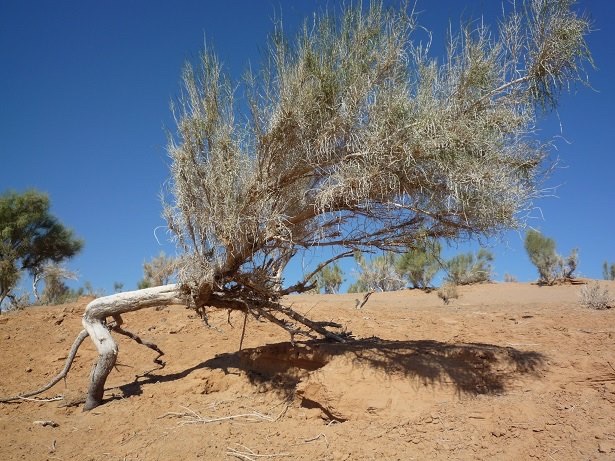
Amongst them are the Saxaul Sparrow, a highly specialized bird, which looks like any other sparrow really, only slightly paler and with a buff orange-sepia cheek. I have come here to see them, and it takes awhile as they are somewhat reserved, flitting about a lot before I can get a positive sighting. Meanwhile, Daurian Pika run about, the Saxaul Tree roots providing enough stability in what is essentially sand, being converted into a soil via centuries of decomposition, being enough for them to make burrows and support their own colonies. It is a magical, amazing place, and I want to return just here for a few weeks to map exactly what is going on in this most incredible of Forests.
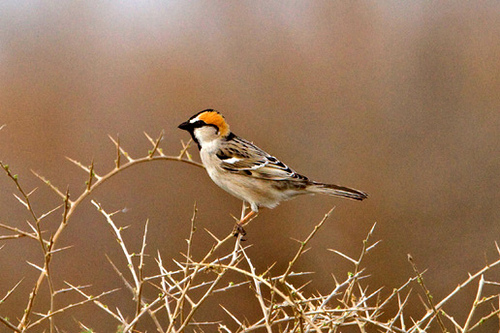
Reluctantly, we must head further south, where the landscape is pure sand, blue sky, and very little precipitation. This is Gobi.
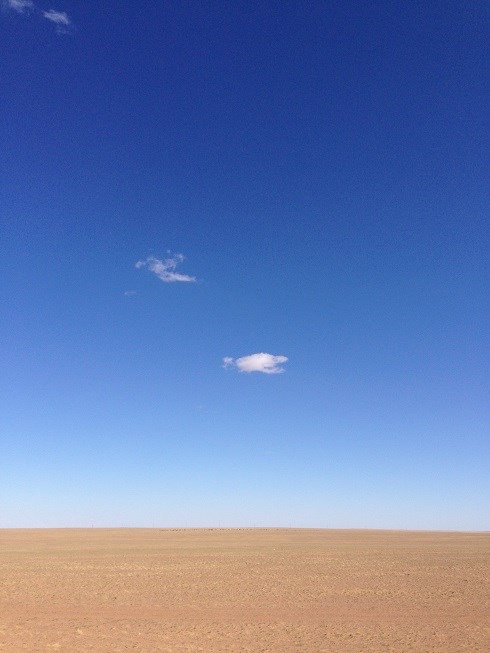
Late that evening, while the sun is setting, we eventually reach the Red Cliffs. It is dark, and the last vestiges of sun still hang in the sky. It has been a tired, long day bouncing around in the jeep, and conversation has dwindled. A nomad cooks us up a stew and provides biscuits, these people both herd cashmere goats and provide for hardy travelers arriving, and they are prepared. The goats however have practically nothing to eat, the landscape is almost – but crucially not quite – totally devoid of plant life. A few hardy, scraggling ochre twigs sprout here and there, yet even that meagre diet is enough to support a goat. At least I have a night in a sprung bed, even if it is squeaky and old. I collapse into my Ger and dream, deeply. The next day, I will discover a dinosaur.
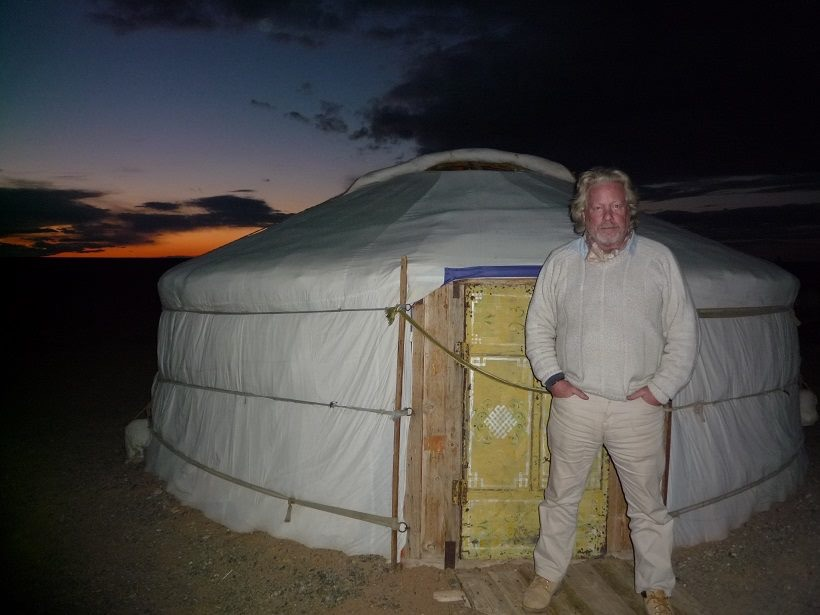
This article continues on the next post